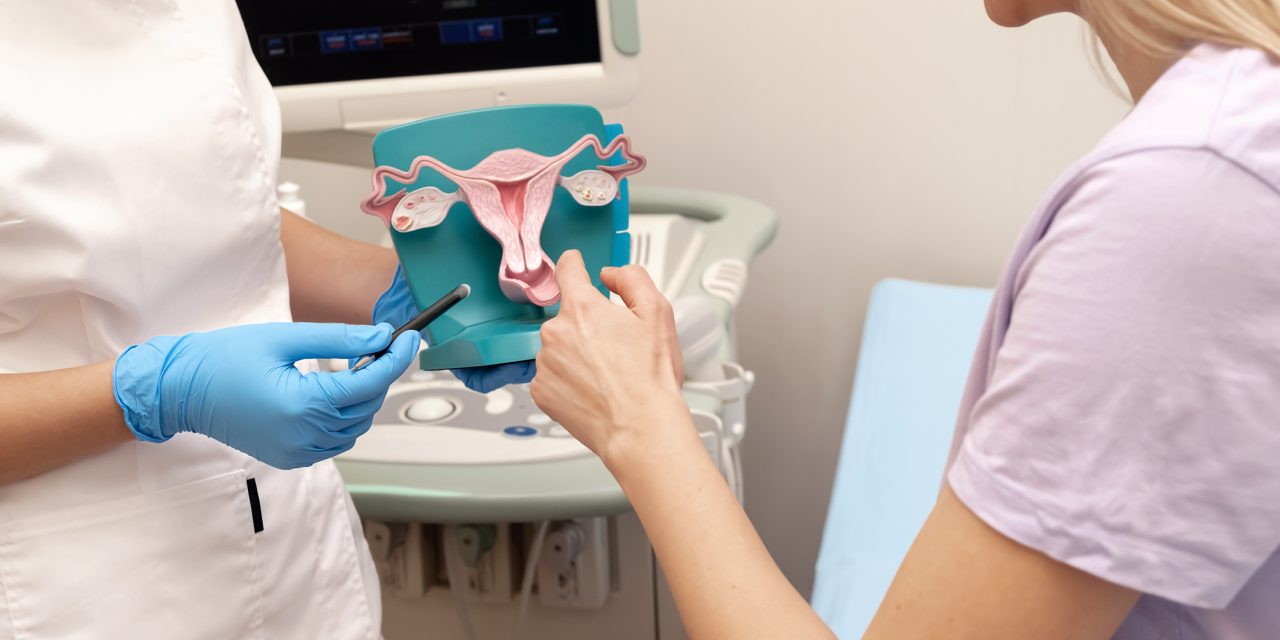Quality control of ultrasonography markers is necessary to ensure greater efficacy of prenatal aneuploidy screening. The aim of this study was to assess the quality of the crown-rump length (CRL) and nuchal translucence (NT) measurement accuracy by the laboratory according to quality indicators.
Retrospective observational study on 4,908 single-foetus pregnant women who underwent prenatal aneuploidy screening in the first trimester of pregnancy. Euploid foetuses with CRL between 45 and 84 mm were included, while those with NT≥3.5 mm were excluded. CRL measurement was considered to be accurate if the median multiples of the median (MoM) for pregnancy-associated plasma protein A (PAPP-A) was between 0.90 and 1.10. Fifteen sonographers participated in the study, six of whom comprised the control group. Systematic error for a sonographer was considered when CRL measurement was greater than ±2 mm with respect to the control group. Quality for NT was assured by means of the WHIRI method and each sonographer (CUSUM).
For CRL accuracy, five sonographers underestimated the measurements, while another four overestimated them, with no statistical differences. For smaller sized foetuses, all sonographers met the established specifications. Regarding NT control, three sonographers did not meet the quality criteria for the median MoM. All sonographers met the specifications for the logarithmic standard deviation of the NT MoM levels. Thirteen sonographers met the CUSUM specifications.
Evaluation of a quality control of ultrasonography parameters by laboratory professionals is necessary to avoid under- or overestimation tendencies for CRL and NT measurements. CUSUM is a useful tool for the immediate correction of errors in NT measurements.
© 2021 Walter de Gruyter GmbH, Berlin/Boston.
Quality control of ultrasonography markers for Down’s syndrome screening: a retrospective study by the laboratory.


